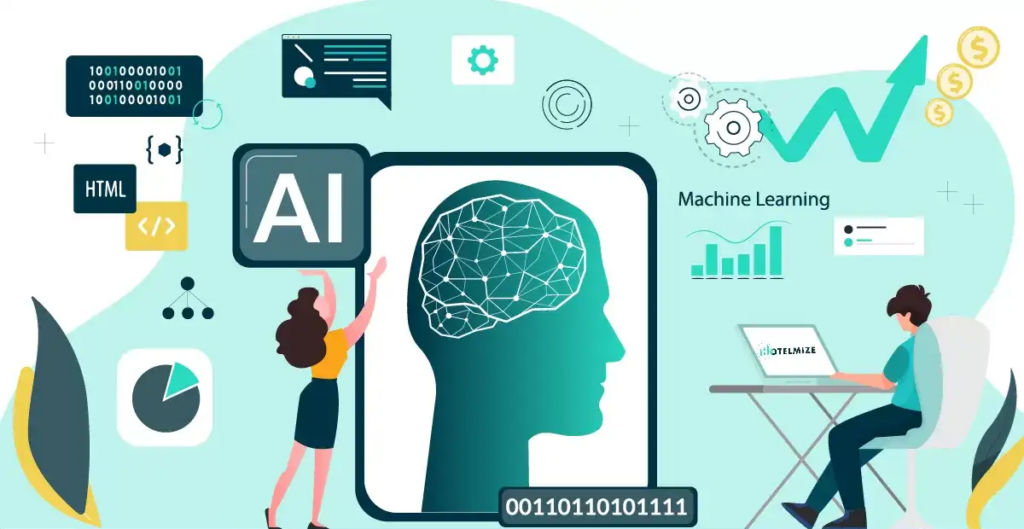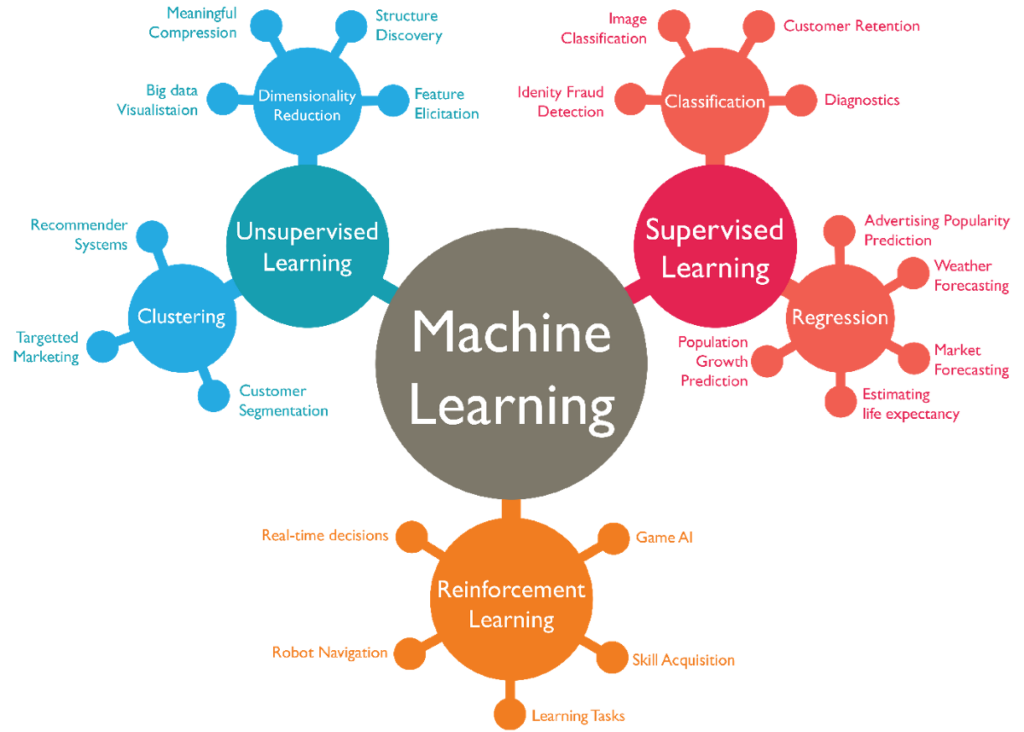Deploy next-generation Artificial Intelligence models and autonomous agents that plan, act, and self-improve.
AI models are algorithms—such as large language models, vision transformers, or predictive regressions—that learn patterns from data and generate outputs like answers, forecasts, images, or decisions. Autonomous AI agents build on those models by adding a goal-directed “wrapper” that can perceive its environment, plan multi-step actions, and execute them with minimal human guidance. In other words, the model supplies the raw intelligence (e.g., language understanding or anomaly detection). In contrast, the agent supplies the behaviour layer that selects which model to invoke, when, and how to sequence results toward a defined objective. Together they form a stack in which models provide the cognitive capabilities and agents orchestrate those capabilities into real-world, end-to-end tasks—from triaging customer emails to re-routing supply chains in real time—creating systems that not only think, but act.

What Exactly Are “AI Models” and “AI Agents”?
| AI Models | Autonomous AI Agents | |
|---|---|---|
| Core role | Predict, classify, or generate outputs from data (e.g., large language models, diffusion models). | Perceive, reason, decide — and execute multi-step tasks with minimal human input. |
| Tech examples | LLMs like Gemini 2.5, vision transformers, speech diffusion. | Customer-support bots, AIOps agents, autonomous FP&A workflows. |
| Building blocks | Supervised, unsupervised & reinforcement learning paradigms (ibm.com) | Goal-based, utility-based, learning or multi-agent systems (geeksforgeeks.org) |
The Three Levels of Intelligent Work
-
Automation – rule-based scripts replace repetitive clicks.
-
Augmentation – copilots suggest next best actions.
-
Autonomy – agents create plans and act without step-by-step prompts (Gartner’s “Agentic AI”)
Why It Matters Now and into the future?
- Global economic GDP growth is expected to increase by 0.5% per annum, driven by artificial intelligence.
- Market momentum: The large-language-model market is racing from US $6.4 bn (2024) to $36.1 bn by 2030 (33 % CAGR) marketsandmarkets.com.
- Enterprise urgency: 92 % of companies plan to boost AI spend, yet only 1 % feel “mature”—a gap your business can exploit mckinsey.com.
- Hard dollars: Every $1 invested in GenAI returns $3.7 on average, with finance & telecom seeing 4.2× multiples.
Biggest Pain Points Solved
-
Manual data grunt work & slow cycle times
-
Rising service costs & talent shortages
-
Siloed data blocking real-time insight
-
Compliance overload & error-prone reviews
High-Impact Use-Cases
These are just a few of the many AI Agents That Have Been successfully deployed and are generating value.
|
Industry / Function |
Agent in Action |
Tangible Outcome |
|---|---|---|
| Retail | H&M’s shopping assistant answers 70 % of queries autonomously. | +25 % conversion lift in 3 months (aiagentstore.ai) |
| Banking / Legal | JPMorgan’s COiN agent reviews loan contracts. | 360 k lawyer-hours saved annually (headofai.ai) |
| Telecom CX | AI service agent deflects 70 % of calls. | 4.2× ROI—$4.2 m saved per $1 m invested (onereach.ai) |
| Finance FP&A | Autonomous agent pulls ERP data, forecasts cash. | 55 % faster close; 30 % fewer errors (PwC benchmark) (coherentsolutions.com) |
AI Models are the Foundation
AI Models have evolved significantly over the last 10 years, with computing power and storage costs reaching a point where models can be trained on vast amounts of data in shorter periods. This has resulted in an order-of-magnitude leap in capability and enables many more use cases for business and personal use, such as Generative AI and Autonomous Agents.
By leveraging AI models—through robust Data Engineering, powerful Machine Learning, tailored Prompt Engineering, fine-tuned LLMs & RAG, and reliable ML/LLM Ops—we can help you turn complex data into actionable insights, streamline operations, and unlock new revenue streams. Our end-to-end approach ensures your business is equipped with cutting-edge models and the support to innovate at scale and stay ahead of the curve.
There are many more algorithms (e.g. Reenforced learning, Ensemble, Deep Learning, Evolutionary), and combining technologies can help power many more use cases. Here are some of the use cases powered by Machine Learning techniques.

Talk to our experts, no obiglation
- Create a 30-day road map from discovery to MVP
- Create your business case with our ROI value calculator
- Case studies and research on where the demand is heading
- Comparison reports specific to your needs